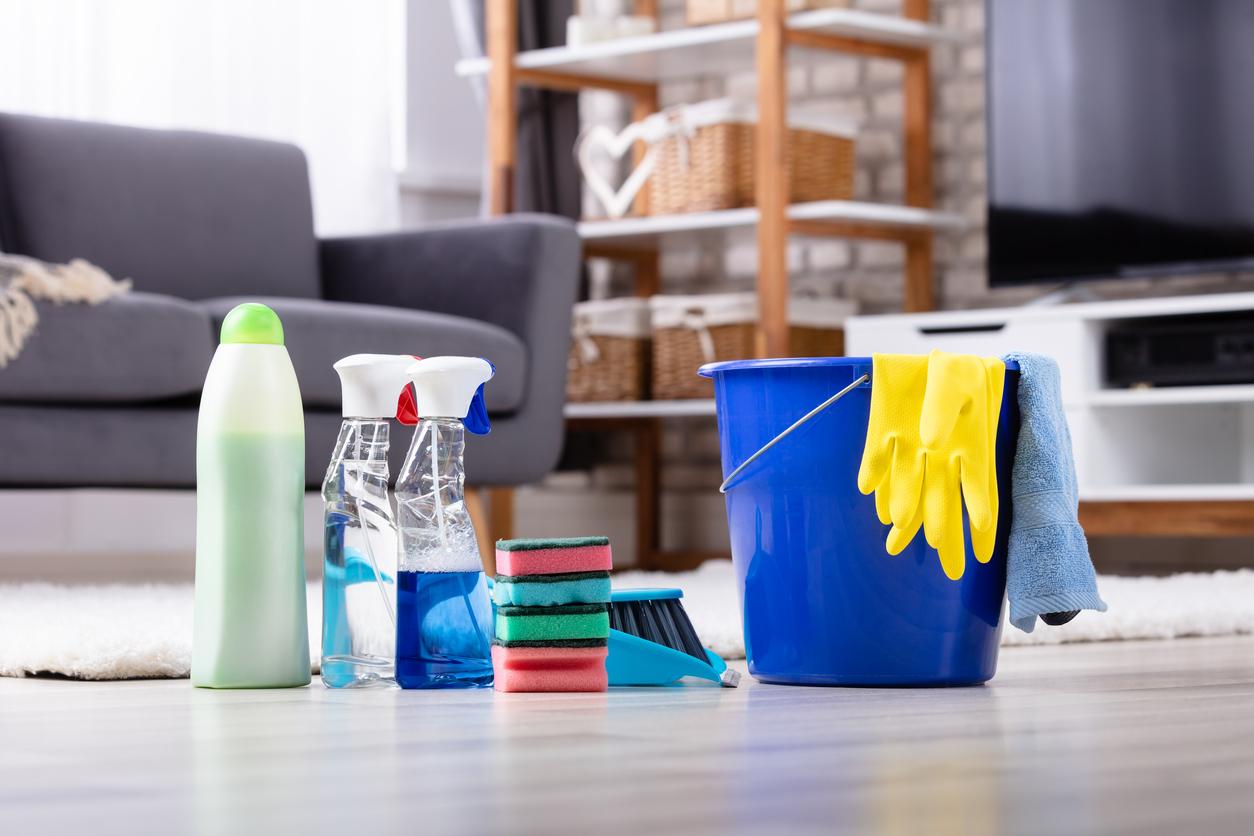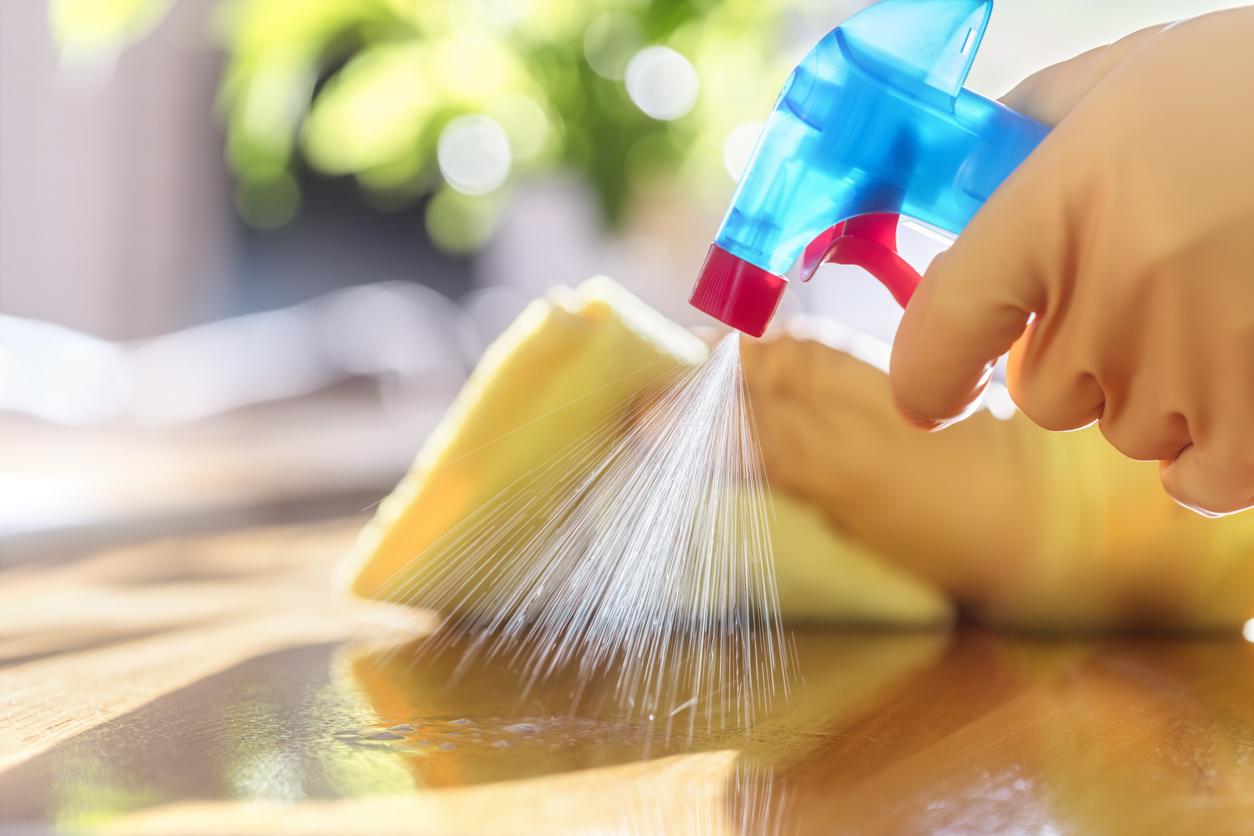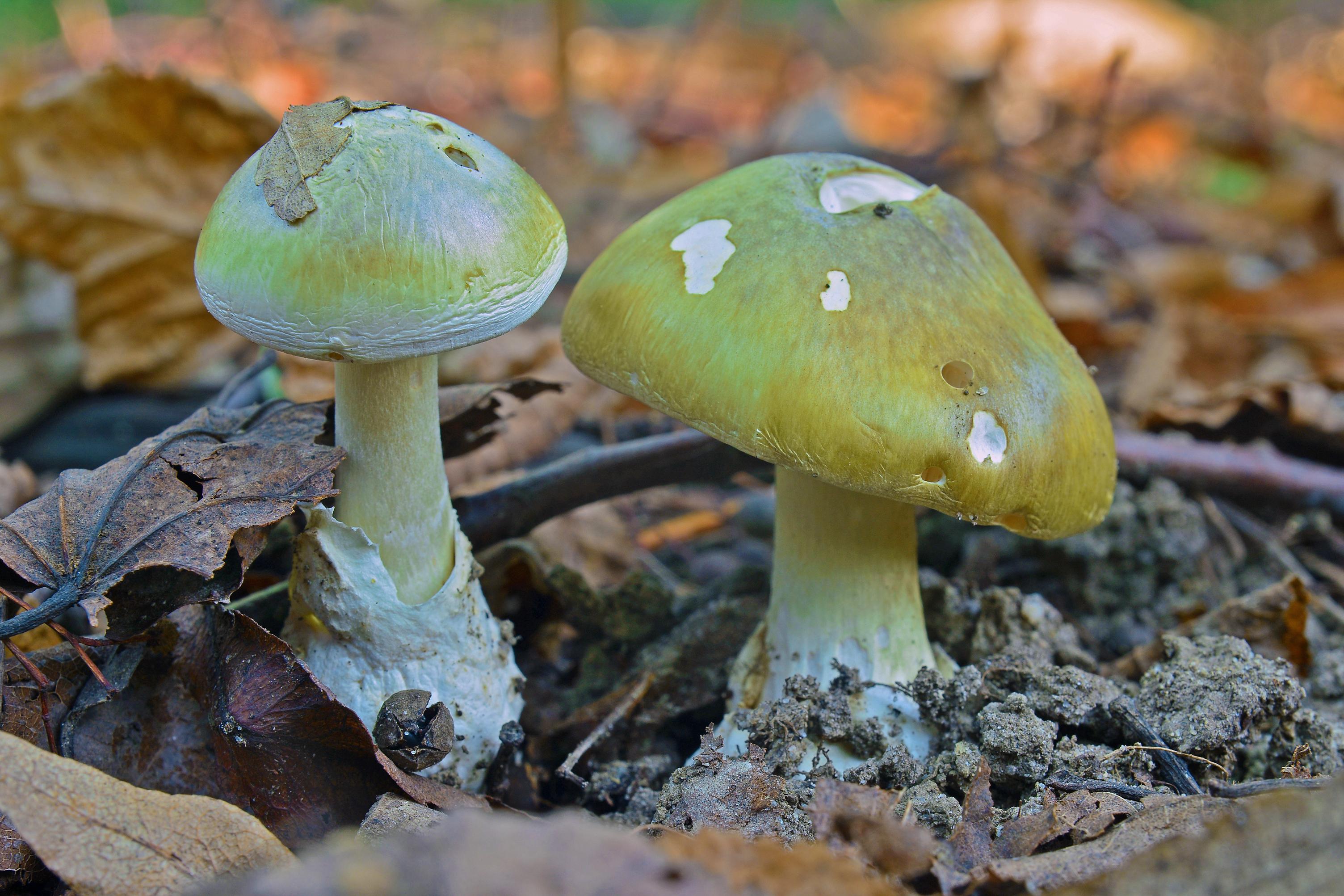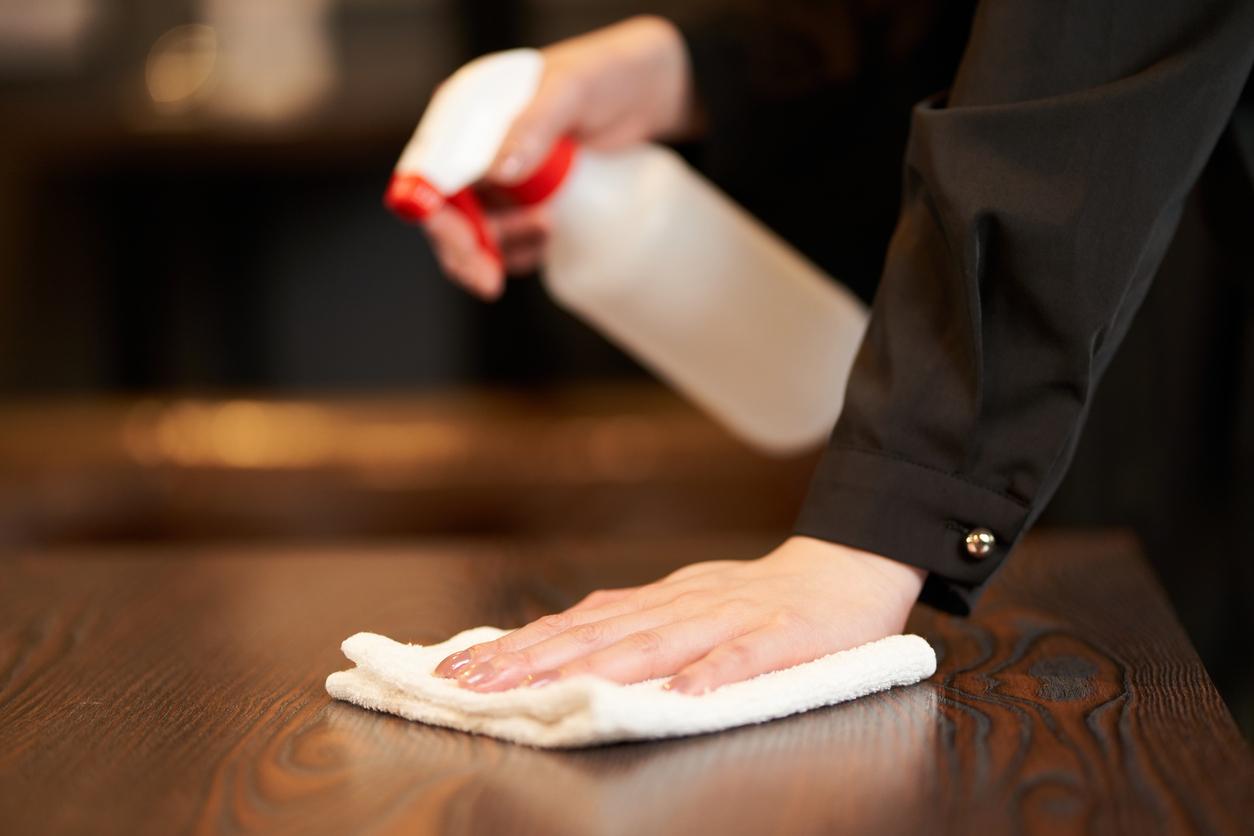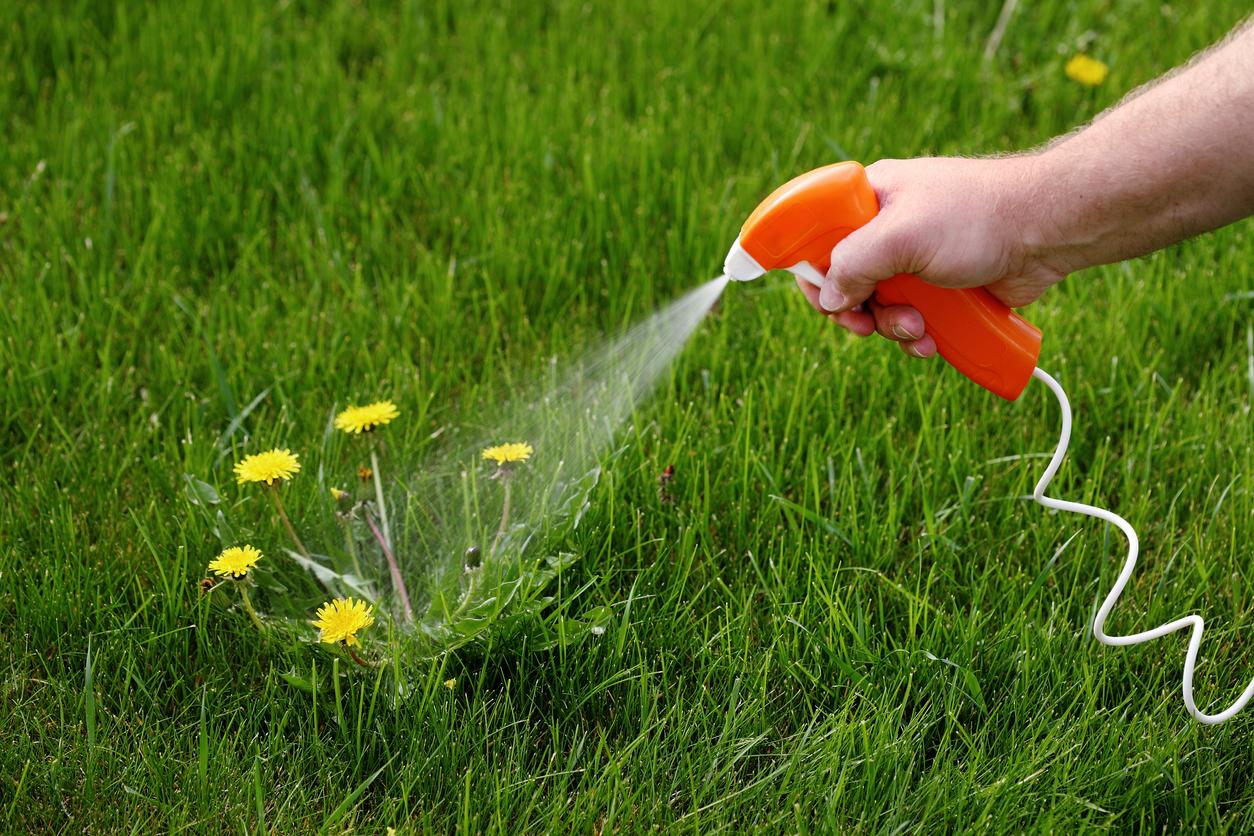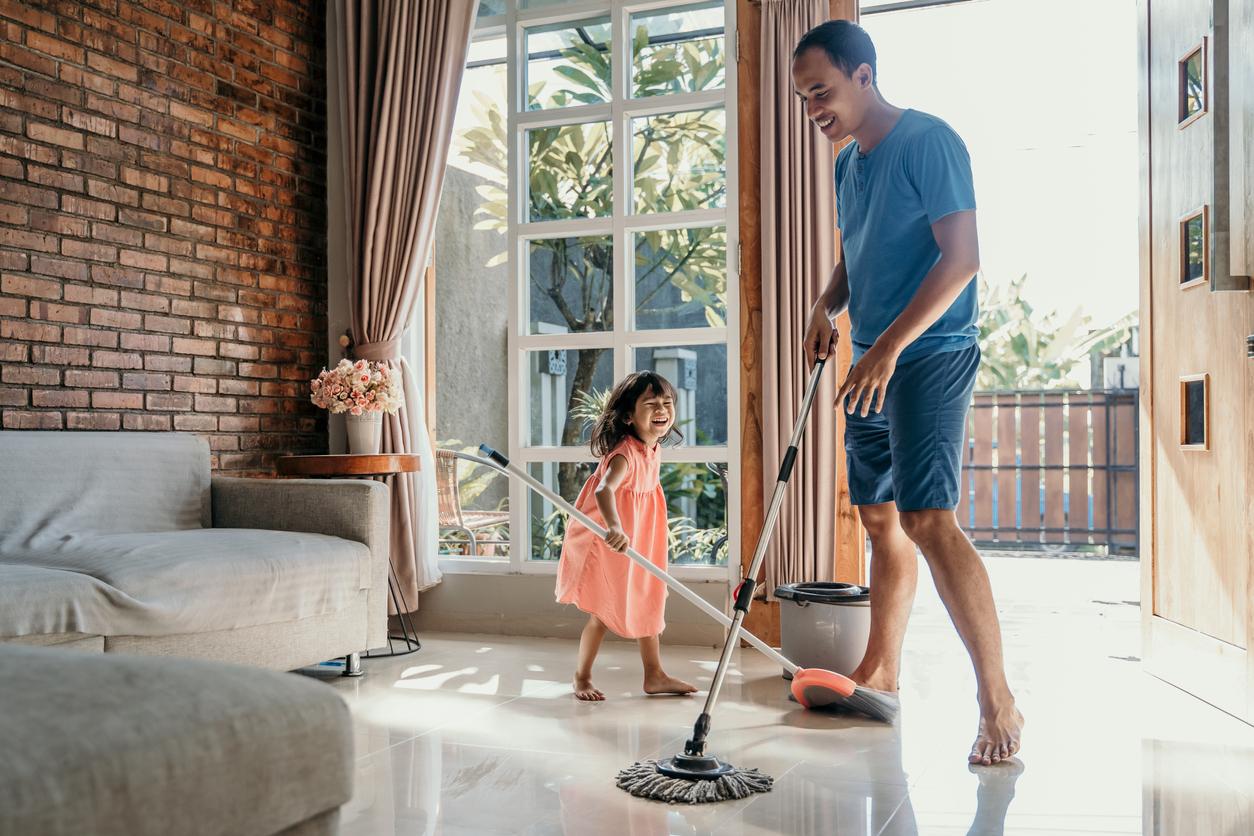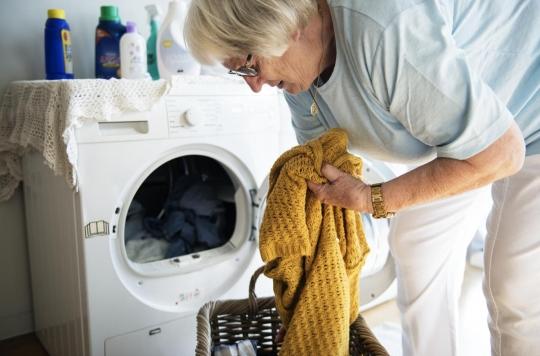Bleach vapors combined with light and a citrus compound found in many household products can form particles that are dangerous for humans to inhale. Also, the daily use of this household product could be risky.
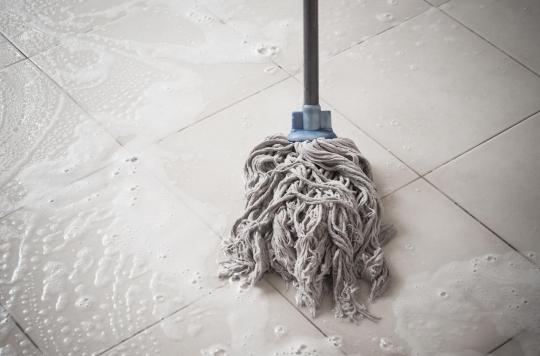
This is likely to change the daily lives of many people. While a large part of the population uses bleach to clean and disinfect their homes, it seems that regular exposure can have a toxic impact on health. Indeed, according to a study published Tuesday, October 2 in the Environmental Science and Technology section ofACS Publicationsbleach vapors combined with light and a citrus compound found in many household products can form potentially harmful airborne particles when inhaled.
Bleach products emit chlorine-containing compounds like hypochlorous acid (HOCl) and chlorine gas (Cl2) that can build up to relatively high levels in poorly ventilated indoor environments. These gases can react with other chemicals often found in homes like limonene, an orange- or lemon-scented compound added to many personal care products, cleaners, and air fresheners.
Moreover, indoor lighting or sunlight through windows could split HOCI and CI2 into a hydroxyl radical and a chlorine atom, which can react with other compounds to form airborne particles called aerosols. secondary organics (SOA). However, these pollutants have already been associated with respiratory problems and other adverse health effects that can lead to irritation of the eyes, nose and throat causing headaches or nausea.
Do not mix different cleaning products
This is why researchers from the University of Toronto (Canada) and Bucknell (United States) wanted to see if the fumes of limonene and bleach at concentrations that can occur in indoor environments could react to produce SOAs in bright or dark conditions.
They therefore added limonene, HOCI and CI2 to the air in a closed chamber and measured the reactions using mass spectrometry (a physical analysis technique allowing the detection and identification of molecules of interest by measurement of their mass, and to characterize their chemical structure). They discovered that in the dark, limonene and HOCl/Cl2 reacted rapidly to produce a variety of volatile compounds. When they turned on fluorescent lights or exposed the room to sunlight, these compounds interacted with hydroxyl radicals and chlorine atoms generated by the light to form SOAs.
“I recommend people not to mix different cleaning products,” he says. Professor Chen Wang, lead author of the study, recommending that people open the windows of their homes while they clean to reduce the inhalation of household products.
Household products mainly linked to respiratory risks
In conclusion, if the composition and the possible effects of these particles on health must be the subject of additional studies, they could constitute occupational risks for people regularly required to carry out cleaning activities, alert the researchers.
This work is not the first to highlight a possible harmful effect of bleach on health. In 2017, a study conducted by Harvard University and Inserm on healthcare professionals, who often use disinfectants, showed that regularly using bleach is associated with an increased risk of COPD. (chronic obstructive pulmonary disease). Untreated, this disease leads to respiratory failure and can be fatal.
Beyond bleach, the toxicity of household products is often singled out. Last year, Norwegian researchers demonstrated that their regular use led to a reduction in respiratory capacity equivalent to the consumption of 20 packs of cigarettes per year. “Cleaning tasks may involve exposure to chemical agents with potential adverse effects on the respiratory system, with an increased risk of asthma. Respiratory problems in professional cleaners and people cleaning at home have been highlighted (…) We are concerned that such chemicals, by regularly causing damage to the respiratory tract, day after day and year after year, could accelerate the rate of decline in lung function that occurs with age”, therefore warned. the authors of the study.
.







